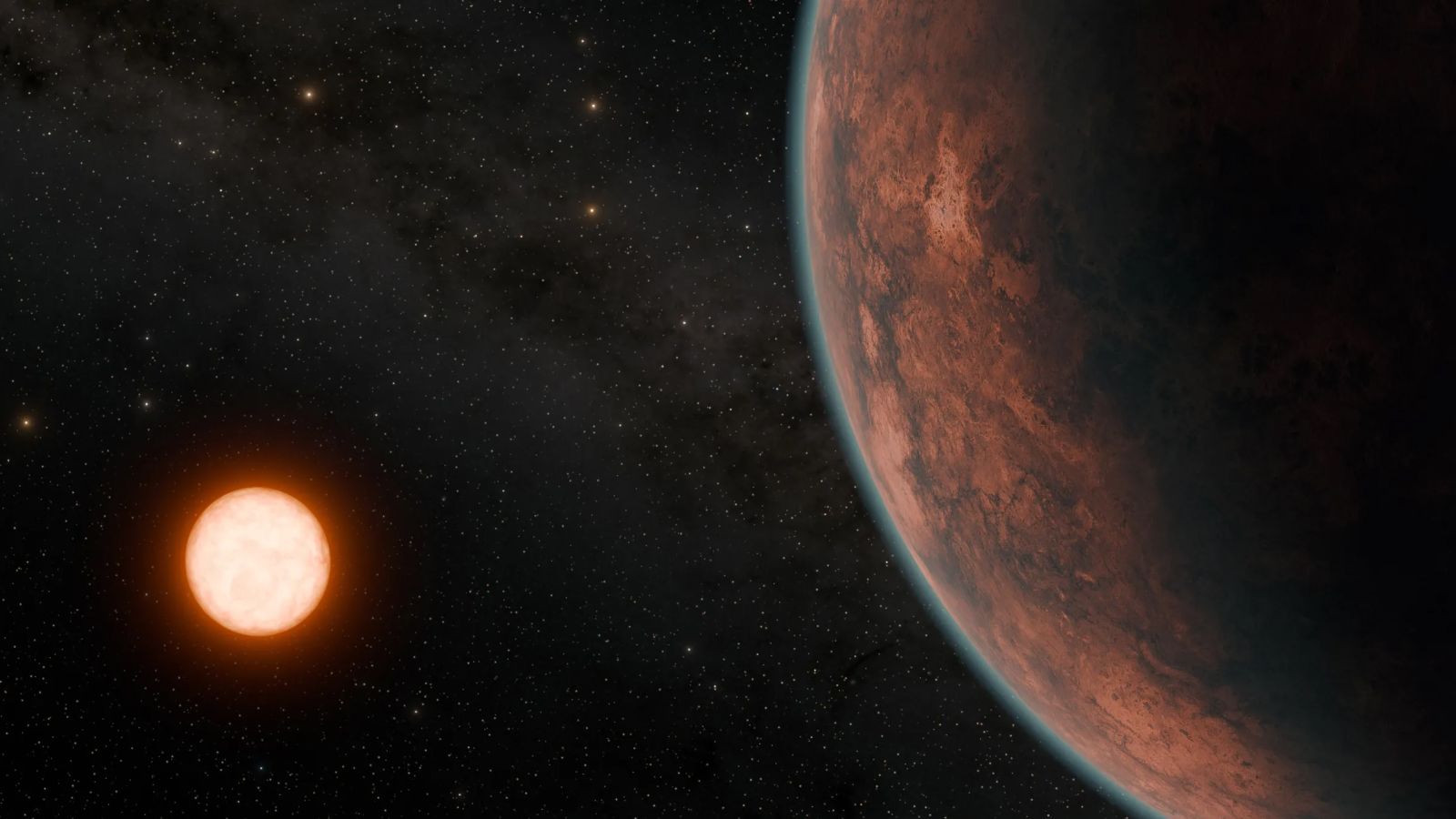(CNN) —Two teams of scientists have discovered a theoretically habitable planet, smaller than Earth but larger than Venus, orbiting a small star about 40 light-years away.
The exoplanet, called Gliese 12b, orbits a cool red dwarf star located in the constellation Pisces and about 27% the size of our Sun and 60% its temperature, according to two studies published Thursday in The Astrophysical Journal Letters and Monthly. Notices of the Royal Astronomical Society.
Because its star is much smaller than the Sun, Gliese 12b completes its orbit every 12.8 days, but is still within the habitable zone (the best distance to a star where liquid water can exist).
Assuming the exoplanet has no atmosphere, scientists calculated its surface temperature to be about 107 degrees Fahrenheit (42 degrees Celsius).
“We have detected the closest, moderate, Earth-sized world to date,” said Masayuki Kuzuhara, assistant professor of the program at the Tokyo Astrobiology Center and co-leader of the research team affiliated with the project, Akihiko Fukui, assistant professor at the University of Tokyo, in a statement.
Once Earth-sized exoplanets are identified, scientists can analyze them to determine what elements are in their atmospheres and, crucially, whether there is water to support life.
“We've only found a few (exoplanets) that are good candidates for it. This is the closest and it's a very important discovery,” Larissa Palethorpe, a doctoral student at the University of Edinburgh and University College London, who led the other study, told CNN on Friday.
Understanding Gliese 12b
To find Gliese 12b, scientists used publicly available data collected by NASA's Transiting Exoplanet Survey Satellite (TESS), which observes tens of thousands of stars each month and tracks changes in their brightness, which may be evidence of orbiting exoplanets.
Exoplanets orbiting red dwarf stars are easy for astronomers to find because their relatively small size results in a more dimming effect with each pass.
At the moment, scientists aren't sure exactly what, if any, water is in the planet's atmosphere, though Palethorpe doesn't expect to find water there.
“There can't be water, and then we know that there's already been a runaway greenhouse effect on this planet, which would make it look like Venus,” he said. “There could be water, which means it could be like us… or there are signals that could show that there's a runaway greenhouse effect going on, so it could be losing water.”
For the next phase of analysis of the exoplanet's atmosphere, scientists hope to use the James Webb Space Telescope to perform spectroscopic analysis. The method involves imaging starlight shining through an exoplanet's atmosphere and seeing which wavelengths are absorbed by certain molecules, revealing their presence in the atmosphere.
In addition to shedding light on exoplanets, Palethorpe said scientists hope the work will help them better understand our own planet.
“What this planet can teach us specifically is that Earth was habitable, but Venus was not … It can tell us the habitable paths that planets take as they grow,” he said.
But while the exoplanet may be habitable to humans and relatively “closer” to our solar system in astronomical terms, it's unlikely that anyone will visit it anytime soon.
“It's unreachable, it's 12 parsecs away,” Palethorpe said, adding that it would take about 225,000 years to reach Gliese 12b with the fastest spacecraft currently available.





:quality(85)/cloudfront-us-east-1.images.arcpublishing.com/infobae/KTKFKR763RBZ5BDQZJ36S5QUHM.jpg)